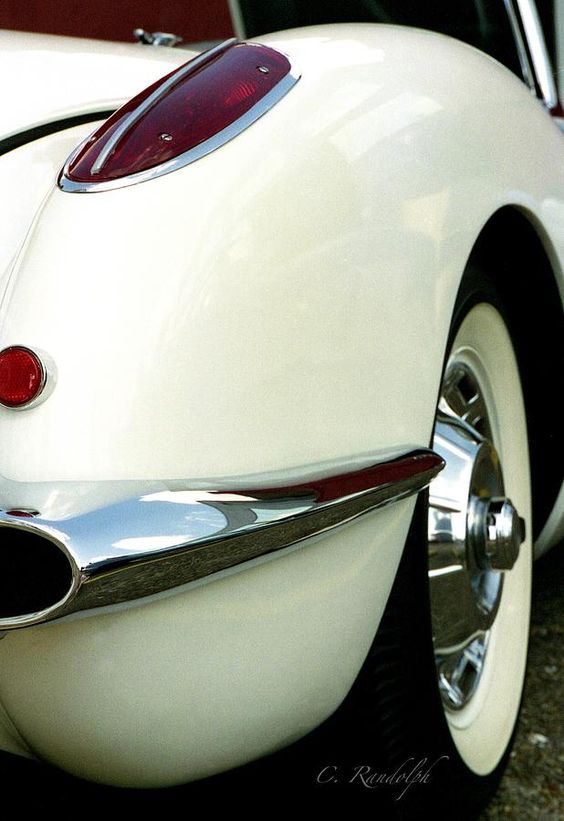Beginning of the century, the block of East 83rd Street, between Park and Lexington Avenues, was a mish-mash of private carriage houses, old three-story houses, and tenements. At No. 127 East 83rd Street a narrow tenement building stood next to a vacant lot. John Henry Yockel purchased the two properties from Charles Gulden and Andrew Smith in May 1908.
There were between 200,000 and 400,000 motor vehicles in America that year; and another development was in the works. Only the wealthy had been able to afford an automobile–the average car costing about $2,500 or around $66,400 today. But in 1908, the same year Yockel laid plans for his garage, Henry Ford introduced the Model T, priced for the masses at $825. The age of the car garage was dawning.
Architect John Hauser completed plans for the “four-story brick and stone garage” in July. The Engineering Record noted construction costs would run $50,000, in the neighborhood of $1.3 million today.
The exuberant Beaux Arts building sat on a stone base with four wide elliptically arched bays, each with a hefty scrolled keystone. Above, two three-story arches dominated the red brick facade, the spandrel panels of which overflowed with rich terra cotta cornucopia, ribbons and cartouches. Below the crenelated parapet was a frieze of terra cotta arches, each containing a shell in deep relief.
John H. D. Meyer paid $89.425 for the garage, a significant $2.3 million in 2016 dollars. He quickly transferred title to the Duford Garage Company, which not only stored its clients vehicles, but serviced them.
Millionaire George Gould housed his vehicles in the Duford Garage, although his mansion was relatively far away at No. 857 Fifth Avenue at 67th Street.
The Duford Garage assisted its clients in selling their vehicles, as well. Stafford ran the Duford Garage until 1931 when he retired at the age of 55 “to enjoy the leisure that he had always promised himself,” according to The New York Times. He and his wife, Grace, lived in a “large semi-colonial structure” in Flushing, Queens, and he now spent his time working on the lawns and flower beds. In May 1932 he started the project of painting the trim on his large brick home.
He had been painting a kitchen window standing on a wooden box. When he quit for the day, he left the crate there. The seemingly innocuous move proved fatal. As the Staffords were sleeping, a burglar made use of the box to cut a hole in the window screen and enter the house.
Around 3:45 in the morning, Grace woke and noticed Joseph was not in his bed. “A moment later, she was terrified by a flash of light and a pistol shot coming from the darkness of the guest bedroom across the hallway,” as reported by The Times.
“Mrs. Stafford ran into the bedroom, switched on the light and saw her husband’s body lying on the floor. He had been shot in the head at close range.” Just one year after selling the Duford Garage to enjoy his retirement, John Stafford was dead.
The operation here continues its venerable tradition by calling itself the Duford Studios (sounding a bit more residential than the garage it is). And other than a coat of paint on the ground floor stonework and a joining of the two western-most bays; little has changed to John Hauser’s ebullient 1909 structure where the limousines of millionaires and the Toyotas of the not-so-rich have come and gone for more than a century.
by Tom Miller




